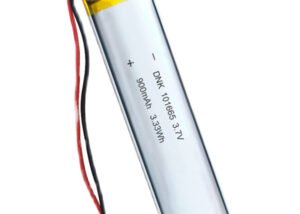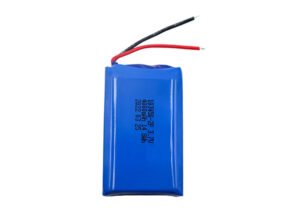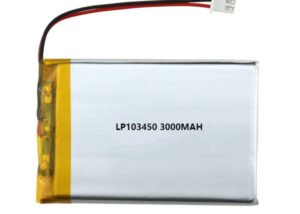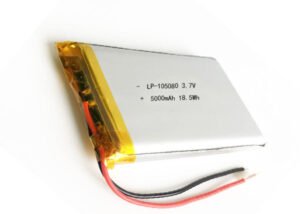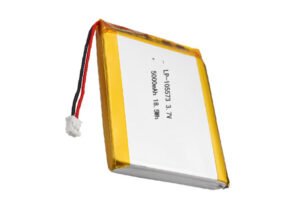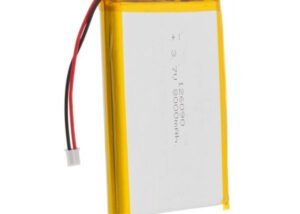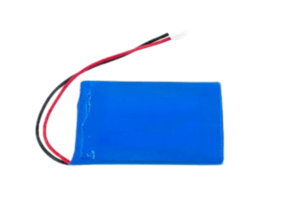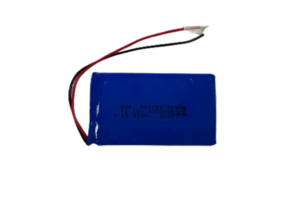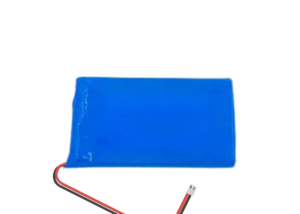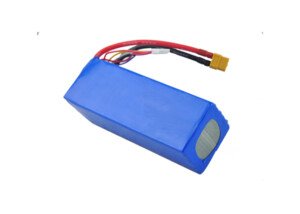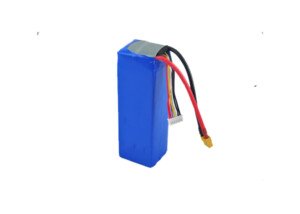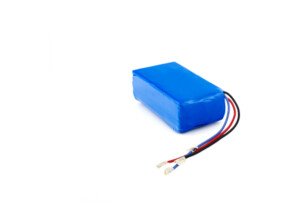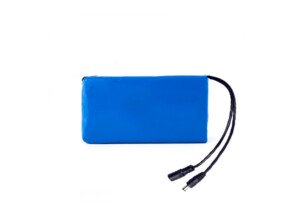Lithium Polymer Battery in Toll Road Transponder
Toll road transponders have become an essential part of modern transportation, allowing drivers to pay their tolls without stopping at a booth or handing over cash. These transponders use lithium-polymer (LiPO) batteries to power their electronic components, ensuring long-lasting and reliable performance. In this post, we will discuss the benefits of using LiPO batteries in toll road transponders and why they are the best option for this application.
stopping at a booth or handing over cash. These transponders use lithium-polymer (LiPO) batteries to power their electronic components, ensuring long-lasting and reliable performance. In this post, we will discuss the benefits of using LiPO batteries in toll road transponders and why they are the best option for this application.
What is a LiPO battery?
Lithium-polymer (LiPO) batteries are a type of rechargeable battery that uses a polymer electrolyte instead of a liquid electrolyte. They are lightweight, compact, and have a high energy density, making them ideal for use in portable electronic devices. LiPO batteries work by converting chemical energy stored in the battery into electrical energy, which can then power electronic devices.
Compared to other types of batteries, such as nickel-cadmium (NiCd) or nickel-metal hydride (NiMH) batteries, LiPO batteries have several advantages. They have a higher energy density, which means they can store more energy in the same amount of space. They also have a longer lifespan and are less prone to memory effect, which is a phenomenon that can reduce the battery’s capacity over time.
DNK Power is a custom Rechargeable lipolymer battery manufacturer based in China,We have In stock small and compact 3.7V lipo battery, capacity from 5mah, 800mah, 1000mah, 15000mah,10000mah and etc. We focus on the best and cheap small design products that are the most cost-effective, environmentally safe and exceed all of their specifications, we will never let you down, you can check more of our certificates including MSDS UN 38.3, IEC, KC, etc.
Why are LiPO Batteries Used in Toll Road Transponders?
Toll road transponders have specific requirements that make LiPO batteries the best option for powering them.  These transponders need to be small, lightweight, and have a long battery life to ensure they can operate for extended periods without needing to be recharged. LiPO batteries meet all these requirements and can provide reliable power for toll road transponders.
These transponders need to be small, lightweight, and have a long battery life to ensure they can operate for extended periods without needing to be recharged. LiPO batteries meet all these requirements and can provide reliable power for toll road transponders.
LiPO batteries also have a high energy density, which means they can store more energy in the same amount of space compared to other types of batteries. This is important for toll road transponders, which need to be small enough to fit on a car’s windshield without obstructing the driver’s view. LiPO batteries can provide the necessary power in a compact and lightweight package.
Benefits of using LiPO batteries in toll road transponders
Using LiPO batteries in toll road transponders provides several benefits. Firstly, they have a longer lifespan compared to other types of batteries, which means they need to be replaced less frequently. This can save toll road operators money on maintenance costs.
Secondly, LiPO batteries have a higher energy density, which means they can store more energy in the same amount of space. This translates to longer battery life for toll road transponders, which means drivers can use them for longer periods without needing to recharge them. This improves the overall user experience for drivers and reduces the need for toll road operators to replace batteries frequently.
Finally, LiPO batteries provide improved performance compared to other types of batteries. They can deliver high currents, which is important for toll road transponders that need to transmit data wirelessly. This allows toll road operators to collect data from transponders more efficiently, which can improve their operations and reduce congestion on toll roads.
In conclusion, using LiPO batteries in toll road transponders provides several benefits for toll road operators and drivers. They have a longer lifespan, higher energy density, and improved performance compared to other types of batteries. This can save toll road operators money on maintenance costs and improve the user experience for drivers. Overall, LiPO batteries are the best option for powering toll road transponders, and their use should be encouraged in the industry.
Here belowing are some lithium polymer batteries in DNK POWER, you can click and see their details. Hope they will be useful to you.


